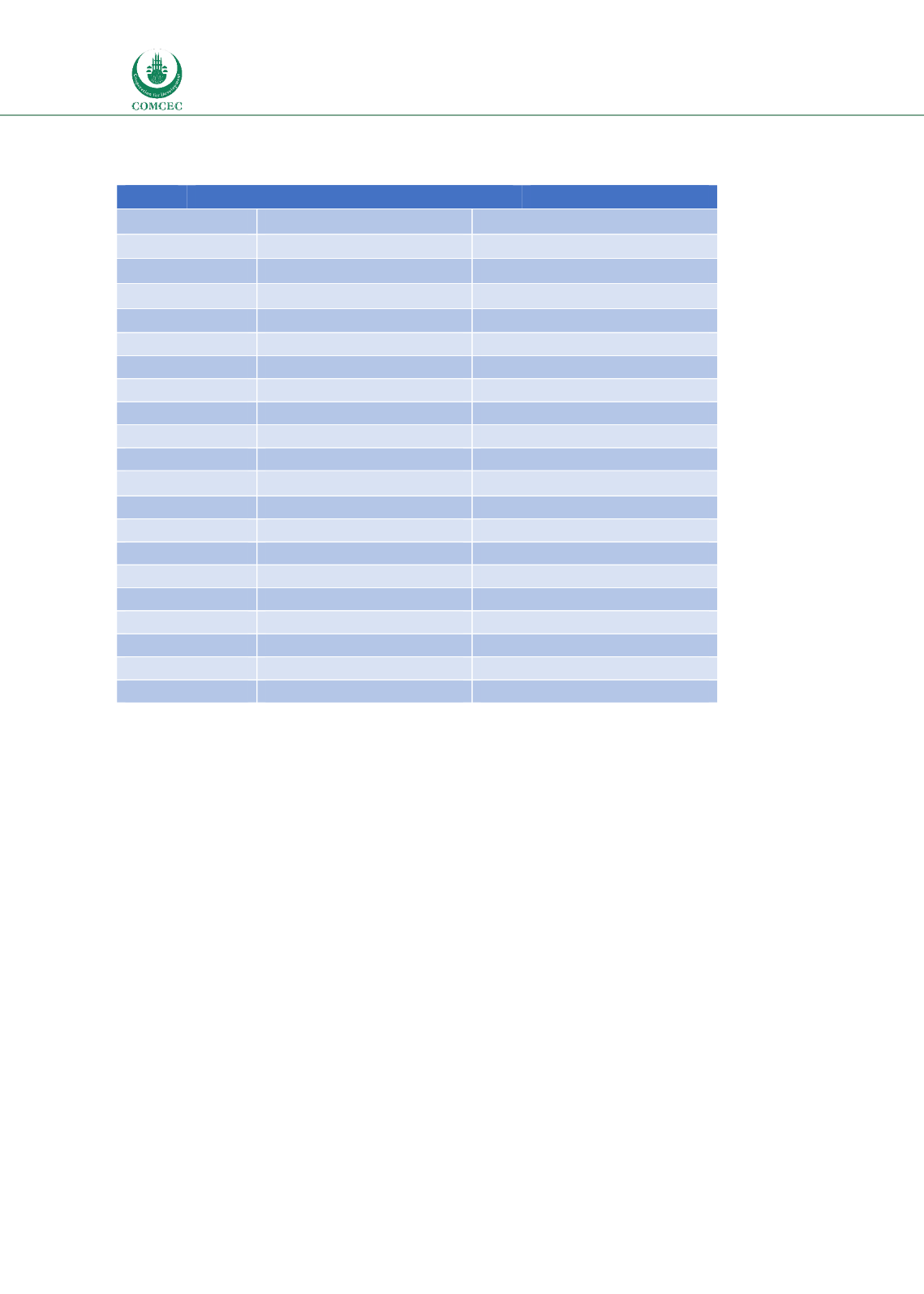

Risk & Crisis Management in Tourism Sector:
Recovery from Crisis
in the OIC Member Countries
68
Table 4.1: International Visitor Arrivals and Foreign Exchange Earnings - Indonesia
Year
Arrivals (‘000)
Receipts (US$ billion)
1995
4,324
5.229
1996
5,034
6.184
1997
5,185
6.648
1998
4,606
4.255
1999
4,728
4.352
2000
5,064
4.975
2001
5,153
5.277
2002
5,033
5.797
2003
4,467
4.461
2004
5,321
5.226
2005
5,002
5.094
2006
4,871
4.890
2007
5,506
5.831
2008
6,234
8.150
2009
6,324
6.053
2010
7,003
7.618
2011
7,650
9.038
2012
8,044
9.463
2013
8,802
10.302
2014
9,435
11.567
2015
10,407
12.054
Sources: UNWTO Yearbook of Tourism Statistics, Compendium of Tourism Statistics and data files
The significant efforts of central and local governments to fight terrorism and restore the
country's image subsequently enabled the tourism sector to recover. By 2007 the number of
international arrivals had surpassed the number for 2004, totalling 5,506,000 visitors. Since
then there has been in steady growth in international arrivals and foreign exchange earnings
Purmomarwanto and Ramachandran, 2015). According to the UNWTO (2016), in 2015 there
were 10.4 million international visitors to Indonesia, with foreign exchange earnings of US$
12,054 million. The WTTC (2017) indicated that the contribution of travel and tourism to GDP
in 2016 was 6.2%, which is amongst the highest in the ASEAN region and higher than the growth
achieved by other industrial sectors. Where other key metrics are concerned, the WTTC
estimated in 2015 that 6.71 million jobs in the country are sustained by tourism (i.e. 5.6% of the
total workforce).
















